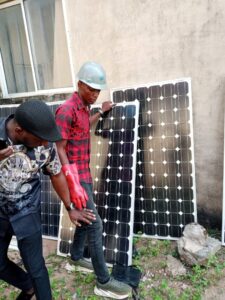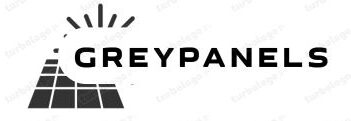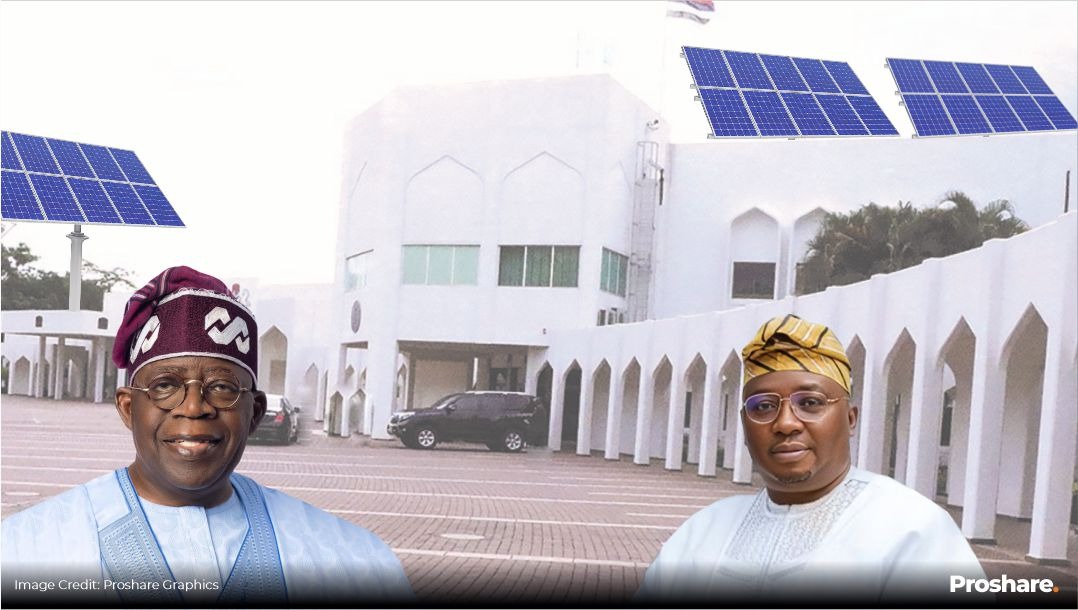Nigeria’s Solar Energy Market Faces Transition in Q1 2025
Local Manufacturing Gains Ground as Imports Drop by 89%
Installed Capacity is on the Rise
Greypanels conducted a review of the solar energy market in Nigeria for the frst quarter of 2025. Nigeria’s solar energy sector began 2025 on a cautious but optimistic note, with data showing total installed solar capacity reached 385.7 megawatts peak (MWp) at the close of 2024.
This represents an addition of about 63.5 MWp over the previous year (Nairametrics). Despite this growth, solar energy still contributes only 1.6 percent to Nigeria’s power mix, underscoring the scale of the untapped market (The Electricity Hub).
Some Analysts attributed the growing interest in solar to the removal of fuel subsidies, which has pushed the cost of diesel and petrol higher, making traditional generators less affordable for households and businesses (Nairametrics).
Import Decline Signals Policy Shift in Favour of Local Manufacturing
The first quarter of 2025 was marked by a dramatic contraction in solar panel imports. The Nigerian Electricity Regulatory Commission (NERC) reported that panel imports were valued at ₦125.29 billion, a steep 89 percent decline from the previous quarter as Independent and New National Star Reported.
Small Business Insights Noted that the drop is not reflective of weakening demand but of deliberate government efforts to stimulate local manufacturing. Multiple solar panel factories are scaling up production, including LPV in Lagos with a 100 MW annual capacity, JRV in Abuja (250 MW), O&O (120 MW), and GridConnect in Idu, Abuja (150 MW, near completion).

Affordability Remains a Barrier for customers
Despite these advances, the cost of installing solar plus battery systems remains prohibitive for many Nigerians. Industry watchers note that, while fuel price increases are driving demand, limited access to financing is holding back widespread adoption. “Affordability remains the greatest challenge for the Nigerian solar market,” according to a recent industry report byBusinessDay.
To address this, the Nigerian Electricity Regulatory Commission has opened consultations on a proposed net billing regulation. If passed, this policy would allow consumers to sell excess electricity from rooftop solar back to the grid, providing both cost recovery and new investment incentives accroding to Independent.
Off-Grid Solutions Drive Adoption
With frequent grid collapses and long outages still plaguing the national electricity system, distributed solar and mini-grids are gaining traction. Developers are increasingly targeting rural and peri-urban communities, where reliable power is scarce, and the economics of off-grid systems are most favorable (Energy News Africa).
This shift reflects a broader trend in Nigeria’s power landscape: distributed solar is no longer a luxury but a necessity for communities and businesses seeking stability in the face of unreliable central supply.
Forecasts and Long-Term Outlook
Industry forecasts suggest Nigeria’s solar capacity will expand modestly, reaching about 255 MW by the end of 2025, and scaling to around 678 MW by 2030. By 2033, cumulative solar installations are projected to exceed 1 gigawatt (GW), rising further to 1.5 GW by 2035 (PV Magazine). When combined with other renewable sources, Nigeria’s total renewable energy capacity could reach approximately 1.7 GW by 2035, according to GlobalData (GlobalData).
The next few quarters will be critical. The success of local manufacturing, the rollout of net billing, and the expansion of financing options will largely determine whether Nigeria can move from incremental growth to exponential adoption in solar energy.
Rounding up firsts quarter
Greypanels observed that the first quarter of 2025 paints a picture of a solar industry in transition. On one hand, imports are shrinking, and local factories are rising, signaling a potential boom in domestic capacity. On the other, affordability and regulatory uncertainty continue to weigh heavily on the sector’s trajectory. For Nigeria, the solar market outlook is one of both opportunity and caution, thsi is a balancing act between ambition and reality.

